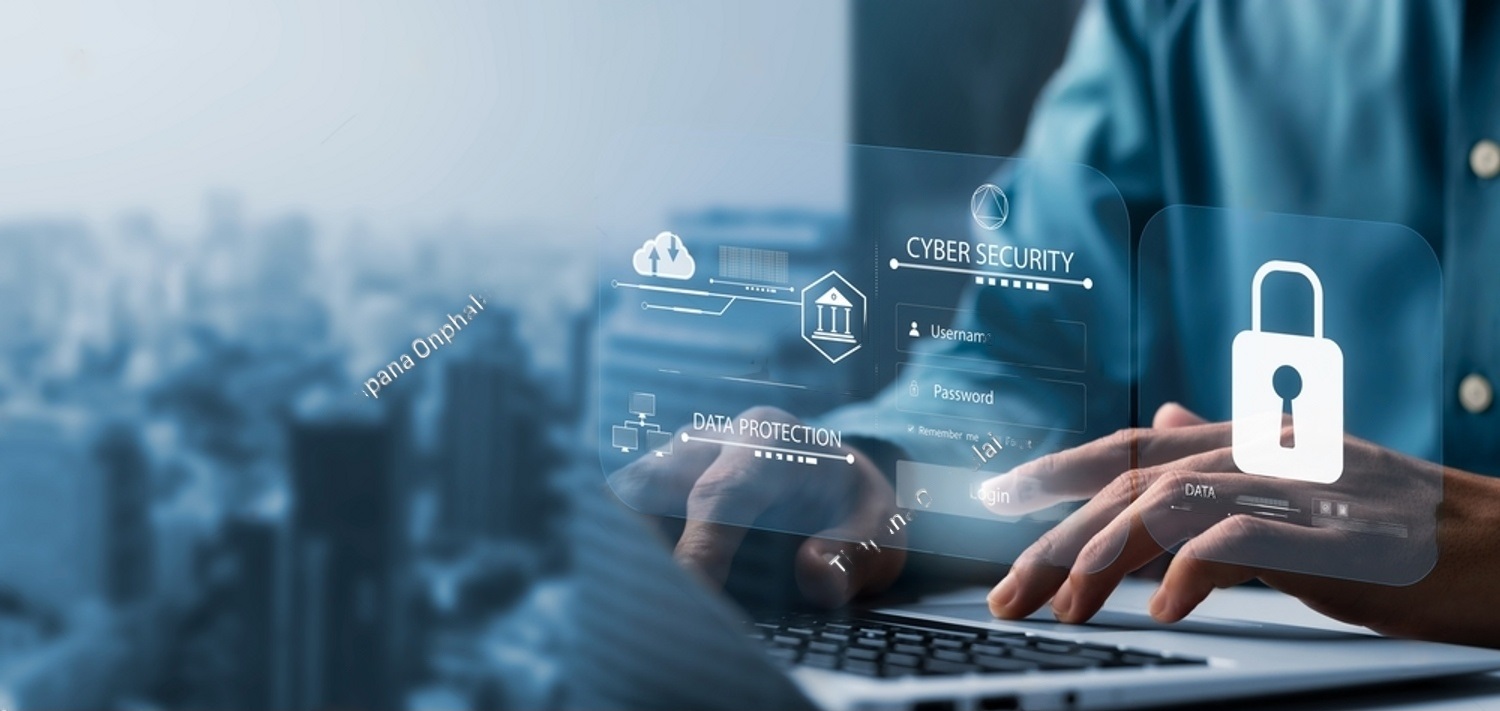As countries around the world close education facilities and spaces requiring mass gatherings, students and educators alike are facing the challenges of continuing learning while at home.
According to UNESCO, nationwide closures are impacting over 90% of the world’s student population, with specific challenges for institutions to provide accessible learning for students at home. Australia’s education system faces the same challenges while trying to prevent the spread of COVID-19.
So how can technology make learning more accessible for both students and educators?
1. Connectivity allows students to access more information and resources online.
Connectivity helps students access limitless sources of information online. Without physical libraries and print resources such as textbooks, students may explore a wider array of resources so long as they are connected to the internet.
2. Single Sign-on (SSO) helps educators more efficiently manage several systems, even remotely.
Educators, referring to the whole academic institution, need to perform hundreds of tasks, ranging from actual conduct of lectures, to administrative matters such as encoding of grades. And these systems may not necessarily be available within a digital space that may easily be accessed through a single-entry interface. Having SSO as an authentication scheme allows educators to access all the different systems of the institution under one, secure, digital roof. This allows fast, accurate, and secure navigation between systems. With remote arrangements, this may also be administered and maintained by an IT service provider in Australia.
3. Digital communication platforms enable students and educators stay in touch.
With a wide range of digital communication platforms available for students and educators, staying in touch and conducting lectures may be done virtually and in real time. While the current education system is still built around physical and in-classroom lectures, digital communication platforms are becoming vital now more than ever in continuing education regardless of physical location.
4. Secure storage and sharing sites allow organized content management for both students and educators.
Another important system to consider is a platform to host and hold large sums of data, files, and range filetypes, which can be accessed by both students and educators. Without a digital “basket” to hold huge amounts of information and data that can be shared and modified with access controls, it will be challenging for educators to organize their engagements with students altogether.
Education done online is not just about video conferencing and chatting with the students and the professor. It is a whole ecosystem of tools, data, files, and functions that need to be organized and orchestrated to not only mimic a classroom set-up but ultimately enhance the total learning experience. This evolution in learning methods will continue to rely massively on the accessibility of technology, and the efficiency and availability of technical support and services at home where the students and the educators live.
To get tech support while working from home, talk to CMSIT today.











